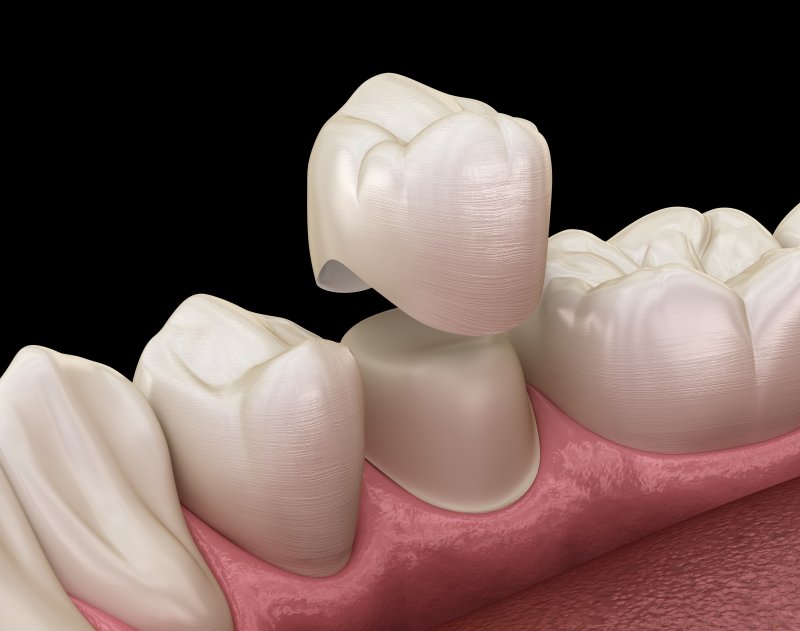The Birth of the Dental Crown: Where Did It Come From?
February 1, 2024

Dental crowns have been around for a long time. Dentists have been using them for hundreds of years to treat damaged and decayed teeth. But has it always been this way? If you’re curious about the origins of dental crowns and how they came to be, keep reading.
Early Civilizations & Dentistry
The American Dental Association (ADA) states that 5000 B.C. is believed to be the first time any form of dentistry was discovered. Dental decay was discussed in a Sumerian text, attributing “tooth worms” as the cause of cavities.
By 2000 B.C., it is believed that the first reference to there being a dentist was on the tomb of an Egyptian scribe.
As hundreds and thousands of years passed, philosophers such as Aristotle and Hippocrates spoke about the ways dental problems could be treated (i.e., fractured jaws, loose and decayed teeth, etc.). But in 166 to 201 A.D., the ADA found that Etruscans were using gold dental crowns to create bridges.
They were not used in the same way they are used today, though. Instead, because gold was considered a form of wealth, goldsmiths would remove the healthy teeth of Etruscan women and replace them with these gold creations.
Unfortunately, they were not very durable and often made it hard for individuals to eat harder foods.
Middle Ages & Dentistry
By the time the Middle Ages arrived, dentistry was considered a profession. In its early phases, a China-based medical text discussed the first mention of silver to be used as a filling. By the time the 1200s and 1300s arrived, the Guild of Barbers in France was established, consisting of surgeons and lay barbers – those who performed simple hygienic services.
In the 1500s, dentistry became more prominent with the distribution of “The Little Medicinal Book for all Kinds of Infirmities of the Teeth,” and the discussion of how to provide dental crowns and fillings to patients.
It wasn’t until a few centuries passed that white enameling was introduced as an alternative to gold crowns. Believing patients would appreciate a more aesthetically pleasing look, John Baker made dentistry a common practice in America after bringing it from England in the 1700s.
After the Civil War in the late 1800s, dental crowns were patented under the name “porcelain jacket crowns,” which were used to cover broken and decayed teeth. This is similar to what is commonly used today.
20th Century & Dentistry
With the arrival of the 20th century, dental crowns were made using other types of materials including porcelain fused to metal, as this allowed individuals to enjoy a more natural appearance but sturdier base.
By 1984, the first synthetic crown was created using ceramic and glass. Naturally, advancements in dentistry and its various technologies have allowed dental crowns to change even more since the mid-80s, offering porcelain, EMAX, zirconia, and other materials for patients to choose from.
Although at one time, decayed teeth were commonly removed instead of “treated,” these custom restorations are continuing to help people keep their natural teeth firmly in place for the rest of their lives.
About the Author
Dr. Masoud E. Najari is a family dentist in Murphy who is skilled and trained to provide exceptional restorative services in-house. Using customized dental crowns to beautify and improve the function of smiles, he ensures a proper and comfortable fit before allowing patients to leave with a new and improved appearance. Visit our website or call (972) 516-2928 and let us help you take the next step in your tooth restoration journey.
No Comments
No comments yet.
RSS feed for comments on this post.
Sorry, the comment form is closed at this time.
